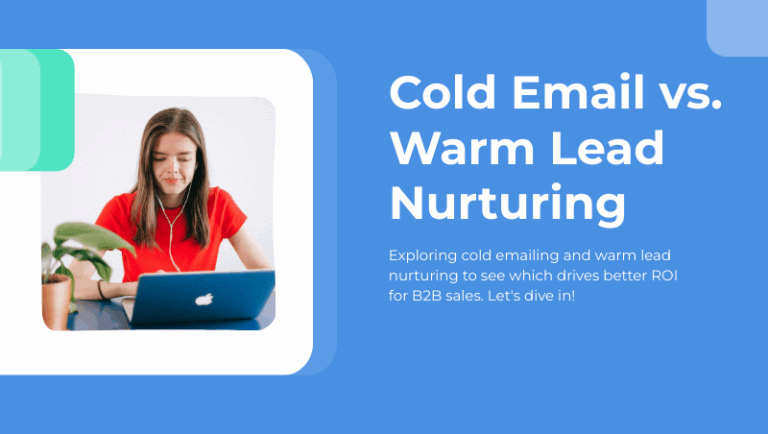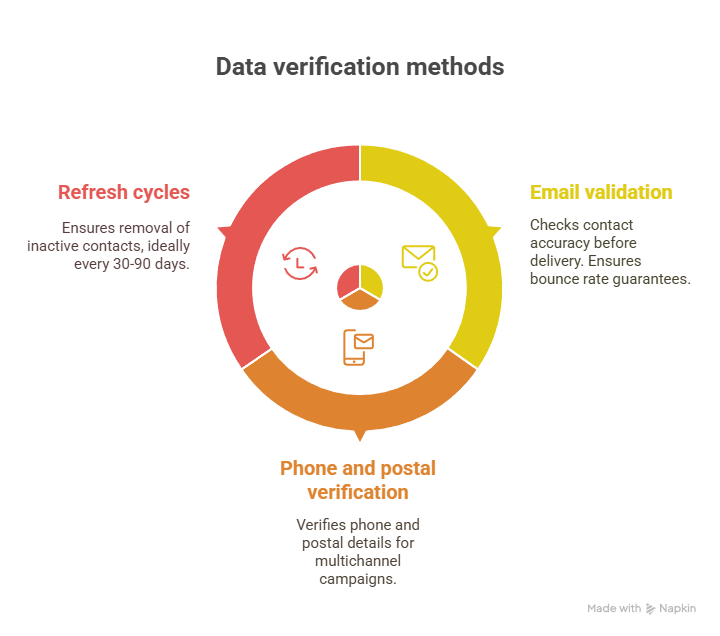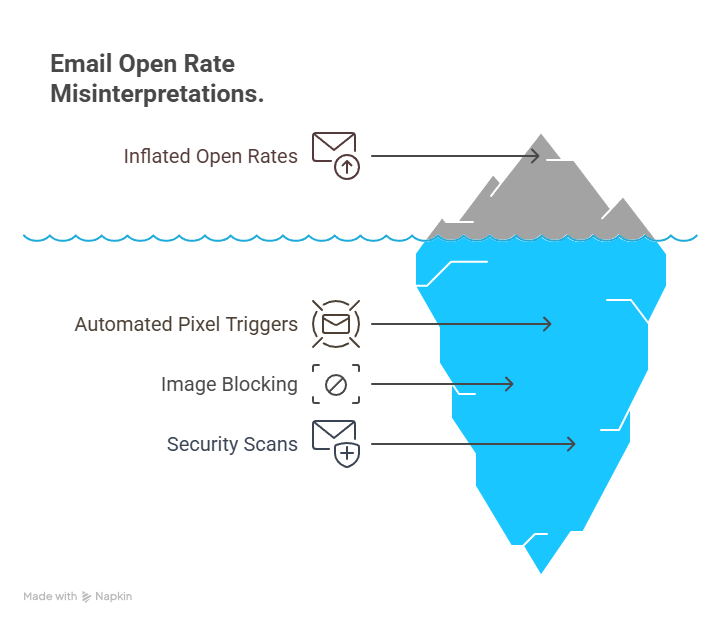
White papers are a proven currency for trading information with leads in the later phases of the buying journey, but only if you keep the exchange rate fair. You can’t optimize your white papers’ effectiveness if you’re giving away your organization’s secrets for success or asking for leads’ life histories without offering sufficient value. Here’s how to hit the sweet spot and fuel your lead gen activities while giving prospects real value.
Pick the Right Topic
What do your leads need to know, and what can you do to help them learn about it? You can have exquisite content, impeccable research, and a compelling title, but if your white paper doesn’t provide a solution to a problem your leads have, you will miss out on lead gen opportunities. Blog posts and online articles are good awareness builders, but white papers appeal to leads who are already aware of the problems they want to solve. Think about what motivates your leads and use that knowledge to determine your approach.
Focus on Their Needs
A white paper isn’t an extended ad for your company; it’s an in-depth way to solve a specific problem your leads are facing. To make an impact, your white paper needs to address that problem directly. Only after you establish your awareness of the challenges your leads face and your understanding of it can you demonstrate your solution. By putting their concerns first, you automatically establish your authority and enhance your expertise, obviating the need for a hard-sell approach.
Content Counts
If you want your leads to reward you with conversions, make sure they stay awake through the whole paper. A white paper of any depth probably isn’t the easiest reading, but it shouldn’t be an impenetrable forest of jargon and statistics, either. Your leads are busy people, so respect their time with writing that’s accessible and give them information in a clear, logical format. Breaking your white paper into sections, incorporating bullet lists, and highlighting key concepts improve readability.
Design Thoughtfully
Graphics and page layout can mean the difference between a white paper that gets referrals and one that’s relegated to a forgotten corner of your leads’ hard drives. White papers need white space on the page to let each statement make maximal impact on readers. Charts and graphs should illustrate and clarify important concepts. Graphics should be clean, appealing, and unobtrusive. The same design principles that guide your white paper should also be visible on the landing pages and download forms leads use to reach it.
Rely on Evidence-Based Assertions
If you tell leads your solution results in a dramatic change, you’re making a claim. If you show them a graph of how users experienced an 84 percent ROI within six months of implementing your solution, you provide convincing proof. Do your research and make your white paper an authoritative document on your chosen topic. If your organization has proprietary knowledge, showcase it in your white paper; when you are the sole source of valuable information, leads will line up to get it.
Promote It
A multi-channel push to let leads know what you have for them is essential to your white paper’s success as a lead gen tool. Email, blog posts, and social media mentions with a strong call to action make prospects aware of your latest offering. Customized landing pages then lead them through the next step and gather information about them as you share your knowledge with them. Your target market for white papers is typically composed of middle- to lower-funnel leads who have already done preliminary fact-finding, so prioritize them in your marketing.
© Reach Marketing LLC 2017 All Rights Reserved.



